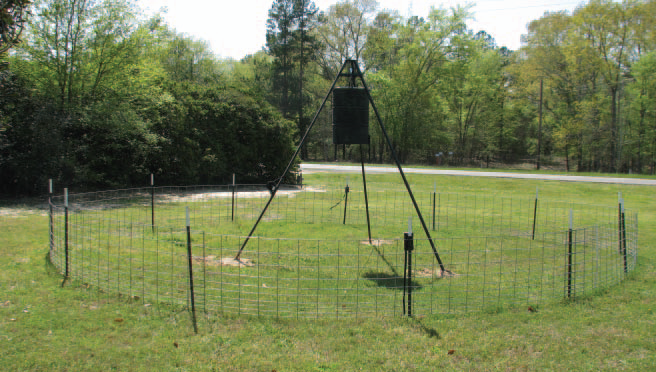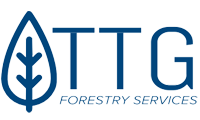| HOME > View Blog > |
View Blog
Monday, Sep 26, 2016 1:11pm

Feral hogs often pose problems for hunters who are baiting deer or providing supplemental feed to improve herd quality. Feral hogs pose several problems. In addition to consuming feed intended for wildlife, hogs often cause significant monetary damage to the wildlife feeders themselves. Feral hogs may dominate the feeding site and can virtually exclude deer. Further exacerbating the problem, feral hogs with access to supplemental feed will produce more piglets per litter, and those piglets have a higher survival rate. Resulting in more Feral Hogs, that not only consume supplemental feed intended for deer but also compete with deer for native forage.

Wildlife biologist Dr. Billy Higginbotham with Texas A&M Agrilife and Dr. Tyler Campbell, USDA’s Wildlife Services studied methods of excluding hogs from feed while allowing deer to have ready access to feed. They fenced feeders with three fence heights: 20-inches, 28-inches, and 34-inches. They monitored deer and hog use with game cameras to assess the effectiveness of the different fence heights. Once installed, all three fence heights limited hog access. The 28-inchand 34-inch fences completely excluded hog use. The 28-inch fence appears to be the sweet spot in terms of fence height as it excluded hogs and had minimal impact on deer use. Additionally, the 28-inch height lends itself to fence construction.
Standard stock fence panels are 60-inces in height. A 16-foot long panel can be ripped lengthwise resulting in 32 feet of usable fencing. The estimated material cost for hog excluding fence is about $170 which seems quite reasonable considering the price of feed and amount that would be saved by excluding feral hogs.
Using fences to exclude feral hogs from wildlife feeding stations PDF
Material Needed
- Three 60-inch by 16-foot utility panels
- Twelve 5-foot T-posts
- Wire clips
Tools
- T-post driver
- Fencing pliers
- Bolt cutters
Fence Construction
- Use the bolt cutters to cut each panel length-wise exactly in half.
- Place the utility panels end to end to form an approximately 28-foot-diameter circle around the feeder. Overlap the ends by one 4-inch square and push the cut end into the ground.
- Fasten the ends together with wire clips.
- Position the fence so the feeder is in the middle of the circle.
- Drive steel T-posts on the outside of the circle in the middle of each panel and where they overlap.
- Fasten the T-posts to the panels with wire clips. Make sure the panels are flush to the ground and leave no gaps that hogs might dig under.
